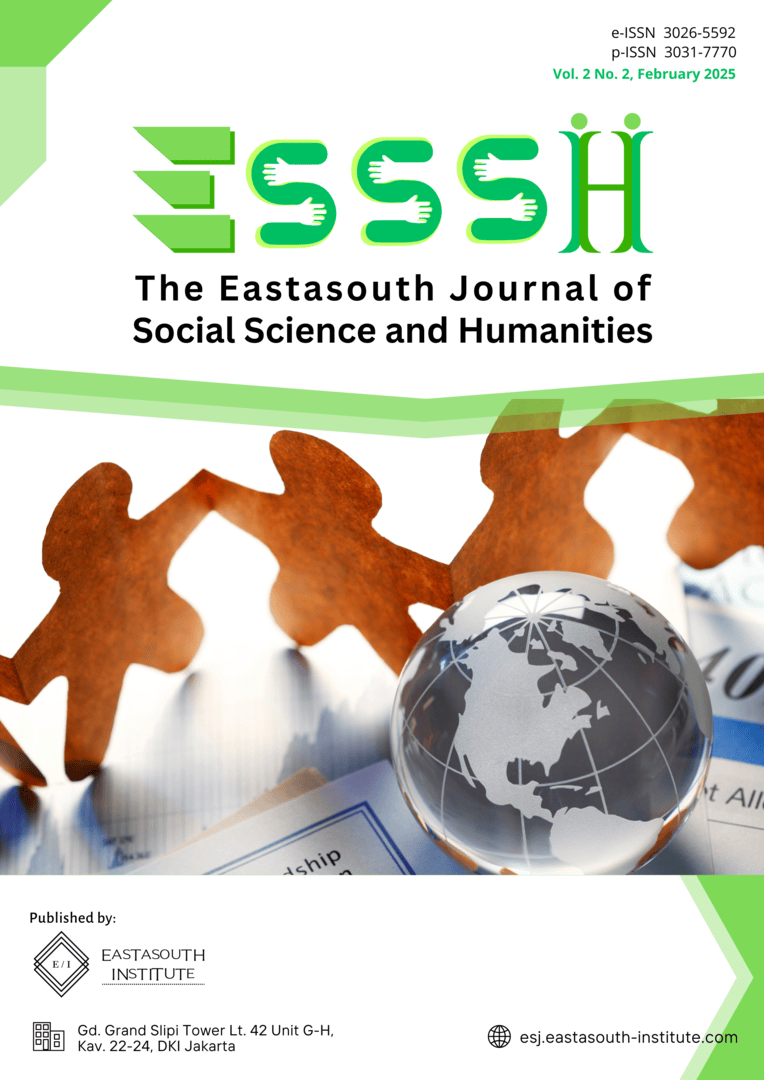Strategy of Sustainability and Green Tourism Innovation in Tengah Sawah Gubug Tourism
Main Article Content
Abstract
Tourism destinations often struggle with sustainability and innovation challenges, as observed in Wisata Tengah Sawah Gubug, Grobogan, Central Java. This research employs a qualitative approach to explore the issues of under-maintained facilities, limited accessibility, and lack of innovation, which have contributed to declining visitor numbers. Data were collected through interviews with visitors and management, field observations, and document analysis. The findings reveal several critical issues: inadequate facility maintenance, dependency on seasonal visitors, and a lack of innovative attractions. These factors undermine the destination's competitiveness and sustainability. To address these challenges, the study recommends routine maintenance, the introduction of innovative attractions, improved accessibility, and collaborative funding strategies involving private sector partnerships. This study concludes that the application of an approach focused on sustainability and innovation can transform Wisata Tengah Sawah Gubug into a model for green and rural tourism development through environmental practices, community involvement, innovative attractions, policy frameworks.
Article Details

This work is licensed under a Creative Commons Attribution-ShareAlike 4.0 International License.
References
N. Mistriani, A. Mansur, and R. Octafian, “Green Economy Program : Mempersiapkan Perempuan Wirausaha Melalui Pemanfaatan Tanaman Obat Biodiversitas Sebagai Wisata Edukasi Tim Pengabdian Masyarakat STIEPARI Semarang berpikir untuk Perguruan Tinggi mendukung prinsip growth mind set mahasiswa . Ekono,” vol. 7, no. 6, pp. 1–12, 2023.
A. A. Alsmadi and M. Alzoubi, “Green Economy: Bibliometric Analysis Approach,” Int. J. Energy Econ. Policy, vol. 12, no. 2, pp. 282–289, 2022, doi: 10.32479/ijeep.12758.
Supriaman, “Green Economy: Sistematic Literatur Review,” Int. J. Financ. Bus. Manag., vol. 2, no. 1, pp. 45–62, 2024, doi: 10.59890/ijfbm.v2i1.1293.
N. Amelia, T. N. Azizah, P. A. Evitasari, and M. Y. R. Pandin, “Pengaruh Green Economy Terhadap Pendapatan Domestik Bruto Dan Pendapatan Per Kapita Tahun 2018-2022,” J. Rev. Pendidik. dan Pengajaran, vol. 7, pp. 8523–8527, 2024.
A. Zamfir and R. A. Corbos, “Towards sustainable tourism development in urban areas: Case study on Bucharest as tourist destination,” Sustain., vol. 7, no. 9, pp. 12709–12722, 2015, doi: 10.3390/su70912709.
A. Haller, “Sustainability in Tourism: Impact of Attractiveness Factors in the World’s Most Visited Destinations,” J. Environ. Dev., vol. 33, no. 2, pp. 196–216, 2024, doi: 10.1177/10704965231222176.
Y. Kudriashov, “Development and Recovery Management of Tourist Destinations Using the Example of Kyiv City: Overcoming Consequences of the Negative Impacts,” Econ. Financ. Manag. Rev., no. 1(17), pp. 109–120, 2024, doi: 10.36690/2674-5208-2024-1-109.
B. Canavan, “Sustainable tourism: development, decline and de-growth. Management issues from the Isle of Man,” J. Sustain. Tour., vol. 22, no. 1, pp. 127–147, 2014, doi: 10.1080/09669582.2013.819876.
S. Gössling, D. Scott, and C. M. Hall, “Pandemics, tourism and global change: a rapid assessment of COVID-19,” J. Sustain. Tour., pp. 1–20, 2020, doi: 10.1080/09669582.2020.1758708.
D. Hall, C. M., Gössling, S., & Scott, Tourism and sustainability: Towards a green(er) tourism economy?, Dalam The. Routledge, 2015.
A. Nicolaides, “Sustainable ethical tourism (SET) and rural community involvement,” African J. Hosp. Tour. Leis., vol. 9, no. 1, pp. 1–16, 2020.
S. Zielinski, Y. Jeong, S. Il Kim, and C. B. Milanés, “Why community-based tourism and rural tourism in developing and developed nations are treated differently? A review,” Sustain., vol. 12, no. 15, 2020, doi: 10.3390/su12155938.
M. M. Helms and J. Nixon, “Exploring SWOT analysis – where are we now?: A review of academic research from the last decade,” J. Strateg. Manag., vol. 3, no. 3, pp. 215–251, 2010, doi: 10.1108/17554251011064837.
M. Moghaddaszadeh, A. H. Sarfaraz, A. R. Komijan, and A. A. Shojaie, “An integration of SWOT and factor analysis to determining and prioritizing strategies: case study of a Persian food industry,” Int. J. Syst. Assur. Eng. Manag., vol. 6, no. 3, pp. 297–303, 2015, doi: 10.1007/s13198-015-0370-6.
J. D. H. Van Wijngaarden, G. R. M. Scholten, and K. P. Van Wijk, “Strategic analysis for health care organizations: The suitability of the SWOT-analysis,” Int. J. Health Plann. Manage., vol. 27, no. 1, pp. 34–49, 2012, doi: 10.1002/hpm.1032.
Sugiyono, Metode Penelitian Kuantitatif, Kualitatif, dan R&D. Bandung: Alfabeta, CV, 2017.
D. T. Putra, Idam Wahyudi, Rissa Megavitry, and Asep Supriadi, “Pemanfaatan E-Commerce dalam Pemasaran Hasil Pertanian: Kelebihan dan Tantangan di Era Digital,” J. Multidisiplin West Sci., vol. 2, no. 08, 2023, doi: 10.58812/jmws.v2i08.590.

